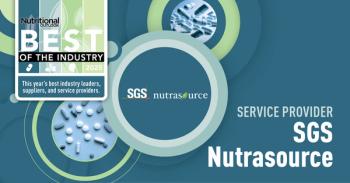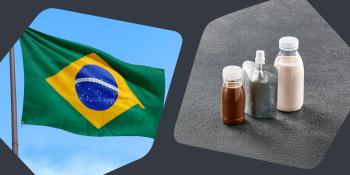
|Slideshows|December 20, 2017
- June 2018 Issue
- Volume 21
- Issue 5
Getting Better with Age: Taking a Fresh Look at Resveratrol
Author(s)Kimberly J. Decker
Research updates on resveratrol.
Advertisement
Articles in this issue
over 7 years ago
These natural flavors are not easy to sourceover 7 years ago
Astaxanthin Is a Heart-Health Ingredient with Growing Scienceabout 8 years ago
Innovating with CoconutNewsletter
From ingredient science to consumer trends, get the intel you need to stay competitive in the nutrition space—subscribe now to Nutritional Outlook.
Advertisement
Advertisement
Advertisement
Trending on Nutritional Outlook - Supplement, Food & Beverage Manufacturing Trends
1
Artemis International: 30 Years of Science-Backed Berry and Botanical Innovation
2
New LOAM prebiotic fiber formula includes NutriLeads’ Benicaros ingredient
3
Certifications, Clinical Trials, and Consumer Trust: How SGS NutriSource Serves the Industry
4
Lacprodan MFGM-10 obtains approval in Brazil
5





